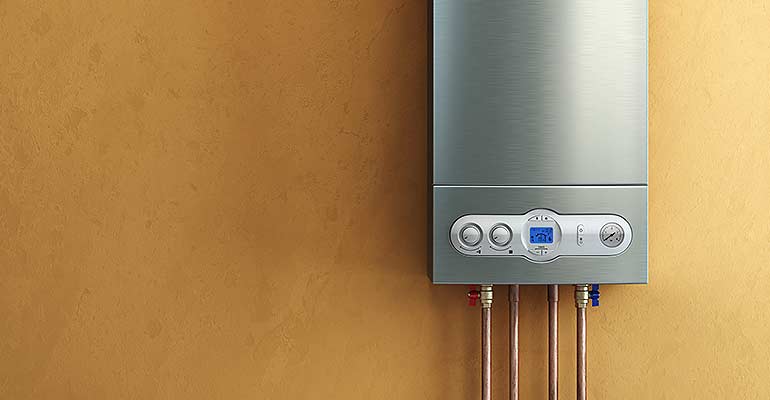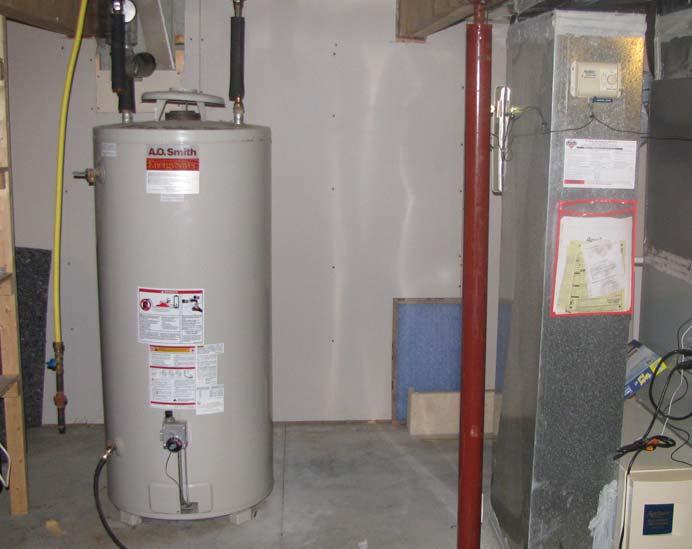Specialist Advice for Maintaining Your Home's Hot Water System
Specialist Advice for Maintaining Your Home's Hot Water System
Blog Article
Do you find yourself interested in help concerning Tips For Maintaining Your Hot Water Heater?

Hot water is necessary for daily convenience, whether it's for a refreshing shower or cleaning recipes. To ensure your warm water system runs successfully and lasts longer, normal maintenance is vital. This short article supplies practical suggestions and insights on how to maintain your home's hot water system to stay clear of disturbances and pricey repairs.
Introduction
Maintaining your home's hot water system might seem challenging, but with a few simple steps, you can guarantee it runs efficiently for several years ahead. This overview covers every little thing from comprehending your hot water system to DIY maintenance tips and knowing when to call in specialist assistance.
Value of Preserving Your Hot Water System
Regular maintenance not just expands the life-span of your hot water system yet also ensures it operates efficiently. Neglecting maintenance can result in reduced effectiveness, higher energy expenses, and even premature failure of the system.
Signs Your Hot Water System Needs Maintenance
Knowing when your hot water system needs focus can stop significant problems. Watch out for indications such as inconsistent water temperature, unusual noises from the heater, or rusty water.
Recognizing Your Warm Water System
Prior to diving right into maintenance tasks, it's useful to understand the basic parts of your warm water system. Commonly, this consists of the hot water heater itself, pipes, anode rods, and temperature controls.
Month-to-month Upkeep Tasks
Routine regular monthly checks can help catch small problems before they escalate.
Purging the Water Heater
Flushing your water heater gets rid of debris accumulation, improving performance and lengthening its life.
Checking and Replacing Anode Rods
Anode poles stop rust inside the tank. Inspecting and changing them when worn out is critical.
Evaluating and Changing Temperature Setups
Changing the temperature setups makes sure optimal efficiency and security.
DIY Tips for Upkeep
You can do several upkeep jobs yourself to maintain your hot water system in leading problem.
Checking for Leakages
On a regular basis examine pipelines and links for leaks, as these can cause water damage and greater expenses.
Testing Stress Relief Valves
Examining the pressure safety valve ensures it operates properly and prevents too much pressure build-up.
Insulating Pipelines
Insulating warm water pipes lowers warm loss and can conserve energy.
When to Call a Specialist
While DIY upkeep is useful, some concerns need specialist knowledge.
Facility Issues Needing Professional Assistance
Instances include major leakages, electrical issues, or if your hot water heater is regularly underperforming.
Regular Specialist Maintenance Conveniences
Professional upkeep can consist of comprehensive assessments, tune-ups, and making sure conformity with safety requirements.
Verdict
Regular maintenance of your home's hot water system is crucial for efficiency, durability, and price savings. By complying with these pointers and knowing when to seek expert aid, you can ensure a reputable supply of warm water without unforeseen disturbances.
How to Maintain an Instant Hot Water Heater
Before tinkering with your hot water heater, make sure that it’s not powered on. You also have to turn off the main circuit breaker and shut off the main gas line to prevent accidents. Also turn off the water valves connected to your unit to prevent water from flowing into and out of the appliance. 2. When you’re done, you have to detach the purge valves’ caps. These look like the letter “T†and are situated on either side of the water valves. Doing so will release any pressure that has accumulated inside the valves while at the same time avoid hot water from shooting out and burning your skin. 3. When the purge valves’ caps are removed, you have to connect your hosing lines to the valves. Your unit should have come with three hoses but if it didn’t, you can purchase these things from any hardware or home repair shops. You can also get them from retail stores that sell water heating systems. Read the user’s manual and follow it to complete this task properly. When the hosing lines are connected, open the purge port’s valves. 4. You should never use harsh chemical cleaners or solutions when cleaning your unit. Make use of white vinegar instead. It should be undiluted and you’ll probably use about 2 gallons. 5. Now flush your water heater. This task should probably take about 40 minutes. We can’t give you specific directions for this because the procedure is carried out depending on the type, model and brand of your heater. With that being said, refer to the user’s manual. 6. When you’re done draining the unit, you have to turn off the purge port valves again. Remove the hosing lines that you earlier installed on each of the water valves. Put the valve caps (purge port) back in their respective places and be very careful so as not to damage the rubber discs that are found inside these caps. 7. Now that everything’s back in place, check your user’s manual again to find out how to reactivate your water heating system. 8. Once it is working, turn one of your hot water faucets on just to let air pass through the heater’s water supply pipes. Leave the tap on until water flows smoothly out of it. https://www.orrplumbing.com/blog/2014/september/how-to-maintain-an-instant-hot-water-heater/

I was shown that editorial on Tips For Maintaining Your Hot Water Heater from a pal on another website. Feel free to take the time to share this blog entry if you enjoyed it. Thank you for going through it.
Visit Site Report this page